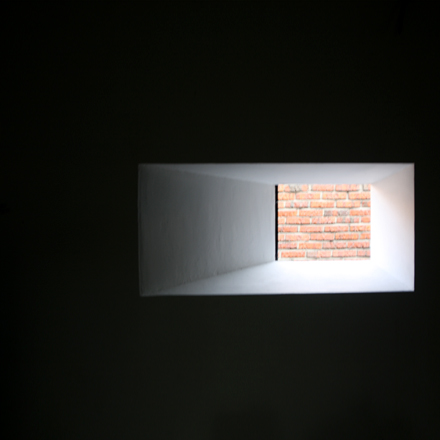|
Architecture is generally predicated on function. Schools, hospitals, and government offices—buildings with specific purposes—become spaces for some, while inevitably excluding those who do not belong. Parks, however, are different. They are open to everyone, unbounded by property, age, or gender. People linger there for their own reasons, create their own uses, and coexist by acknowledging one another’s presence.
Through early works such as parks, bridges, pocket parks, streetscapes, and environmental sculptures, I have explored the idea of spaces that are open to all, spaces where functions are not fixed but operate flexibly, and spatial arrangements that remain empty yet invite new uses. Our aim is to apply the operative logic of the park to architecture. This does not mean pursuing a “natural” architecture, but rather arranging and representing spaces with loose functions so that the social behaviors discovered in parks may unfold within. The orientation is clear: architecture that opens onto the street and extends inward in dialogue with the street; architecture that fosters encounters where diverse people gather for diverse purposes. The ultimate goal of “Architecture toward park” is to bridge and expand urban spaces that are increasingly stratified and privatized, so that the city may be reborn as one of equality and coexistence. Hyun-Jun Mihn -Professor at Hongik University / Principal, MPART Architects |

|
|
|
.jpg)